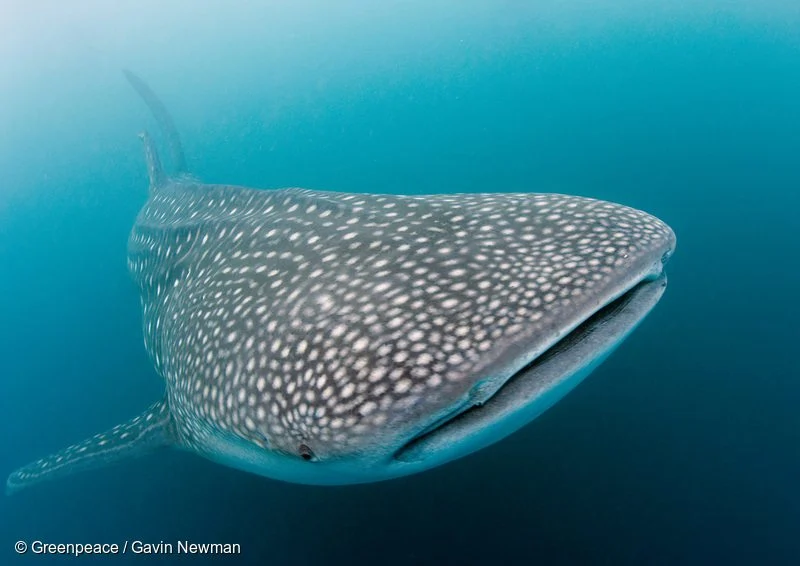Sharks are often recognized for their formidable teeth, but the Greenland shark stands out for its remarkable longevity. This rare species can live for 500 years or more, and recent research suggests its extended lifespan might offer insights into human anti-aging.
Greenland sharks (Somniosus microcephalus) hold the title for the longest-living vertebrates, with lifespans ranging from at least 270 years to potentially over 500 years. Researchers exploring the reasons behind this extraordinary longevity believe that muscle metabolic activity plays a crucial role. These findings could have significant implications for the conservation of this vulnerable species in the face of climate change and might even inform human cardiovascular health.
Lead researcher Ewan Camplisson expressed, “We aim to uncover the adaptations that enable these sharks to live so long.”
Previously, it was assumed that the sharks’ longevity was due to their cold environment and low activity levels. However, the factors contributing to their extreme lifespan are proving to be more complex, prompting researchers to explore alternative theories.
Camplisson, a PhD student at the University of Manchester, explained, “Most species exhibit changes in their metabolism as they age. We want to determine if Greenland sharks show these traditional signs of aging or if their metabolism remains stable over time.”
To examine the sharks’ metabolism, Camplisson and his team conducted enzyme tests on preserved muscle tissue samples from Greenland sharks. Using a spectrophotometer, they measured the metabolic activity of the enzymes across various shark ages and environmental temperatures.
The results revealed no significant variation in muscle metabolic activity across different ages, suggesting that, unlike humans who experience a slowdown in metabolism with age, Greenland sharks maintain a consistent metabolic rate. This finding might be key to their longevity.
“This is quite different from most animals, which typically show metabolic changes as they age. The results support our hypothesis that Greenland sharks do not exhibit the traditional signs of aging seen in other animals,” said Camplisson.
Additionally, the study found that the metabolic enzymes in Greenland sharks were significantly more active at higher temperatures. “This indicates that the shark’s red muscle metabolism is not specifically adapted for the polar environment, as we would have expected to see less temperature-related variation in activity.”
The researchers cautioned that, in a rapidly changing climate, long-lived species that are less adaptable may face heightened risks of extinction.
Moving forward, Camplisson and his team plan to test more enzymes and tissue types to gain a deeper understanding of the shark’s metabolic activity. “My ultimate goal is to protect the species, and the best way to do this is to better understand them.”
Moreover, Camplisson is interested in the potential applications of their findings for human health. “By studying the Greenland shark and its heart, we may gain valuable insights into our own cardiovascular health, which tends to decline with age.”
These findings were presented at the Society for Experimental Biology annual conference in Prague, Czech Republic.








